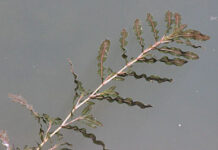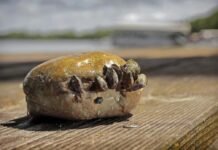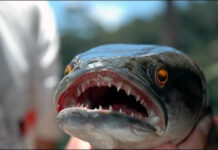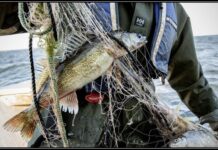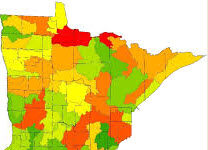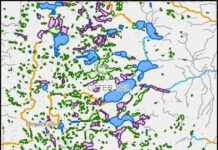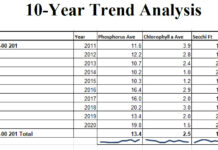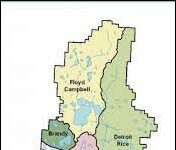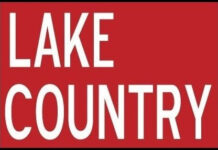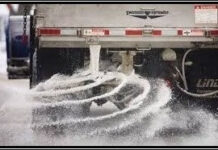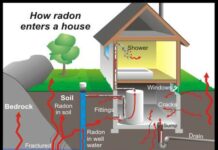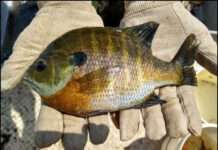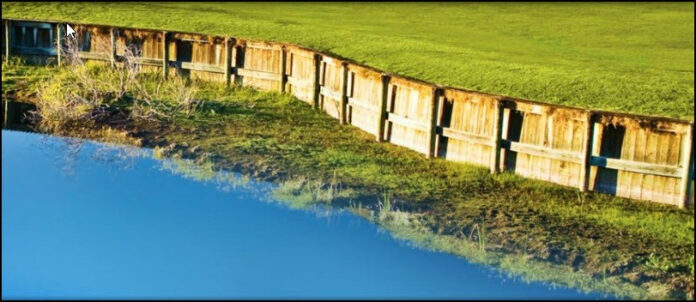You may hear the terms general development lake, recreational development lake and natural environment lake used in terms of shoreline development, but how are these terms defined and why do they exist? Today I will explain in detail what these classifications mean and how they are applied to shoreline development.
First of all, these classifications are designated by the Minnesota Department of Natural Resources (DNR). We have over 11,000 lakes in Minnesota that are over 10 acres in size. These lakes vary from large deep lakes such as Big Cormorant, to small shallow lakes such as Buck Lake. Due to differing origin of these lakes, surrounding land characteristics and volume of water they contain, they can’t handle the same amount of recreational use and development. Therefore, the DNR created three different classifications for lakes and these classifications have differing development standards such as building setbacks, lot sizes and sewage setbacks. Local governments (counties, cities, towns) are responsible for the implementation, administration and enforcement of shoreland management standards through their planning and zoning controls.
The shoreland management rules were established in the early 1970s and are intended to help govern the orderly development of land adjacent to Minnesota’s many lakes and rivers. This regulation is necessary for preserving good water quality, aesthetics, good quality fishing and hunting and wildlife observation. Careful protection of shoreline now will ensure that we and future generations can still enjoy our lakes. Overdevelopment can cause crowding along the shoreline and when recreating on the lake. It can also increase risk of flooding, degrade fish and wildlife habitat and aesthetics, ultimately causing shoreline property values to decline.
In the DNR Shoreline Management Rules, the three lake classifications are explained below.
Lake Classifications
Shoreland classifications include public water basins (lakes) down to 25 acres in size in unincorporated areas and ten acres in size in incorporated areas that have DNR-approved shoreland ordinances.
Natural Environment Lakes
Natural Environment Lakes usually have less than 150 total acres, less than 60 acres per mile of shoreline, and less than three dwellings per mile of shoreline. They may have some winter kill of fish; may have shallow, swampy shoreline; and are less than 15 feet deep.
Natural environment lakes are generally small, often shallow lakes with limited capacities for assimilating the impacts of development and recreational use. They usually have less than 150 total acres, less than 60 acres per mile of shoreline, and less than three dwellings per mile of shoreline. They may have some winter kill of fish; may have shallow, swampy shoreline; and are less than 15 feet deep. They often have adjacent lands with substantial constraints for development such as high water tables, exposed bedrock, and unsuitable soils. These lakes, particularly in rural areas, usually do not have much existing development or recreational use.
Examples of natural environment lakes in Becker County include Buck Lake, Mill Pond, and Abbey Lake.
Recreational Development Lakes
Recreational Development Lakes usually have between 60 and 225 acres of water per mile of shoreline, between 3 and 25 dwellings per mile of shoreline, and are more than 15 feet deep.
Recreational development lakes are generally medium-sized lakes of varying depths and shapes with a variety of landform, soil, and groundwater situations on the lands around them. They usually have between 60 and 225 acres of water per mile of shoreline, between 3 and 25 dwellings per mile of shoreline, and are more than 15 feet deep. They often are characterized by moderate levels of recreational use and existing development. Development consists mainly of seasonal and year-round residences and recreationally-oriented commercial uses.
Examples of recreational development lakes in Becker County include Turtle, Maud, Buffalo, Bad Medicine, Pearl, and Big Cormorant.
General Development Lakes
General Development Lakes usually have more than 225 acres of water per mile of shoreline and 25 dwellings per mile of shoreline, and are more than 15 feet deep.
General development lakes are generally large, deep lakes or lakes of varying sizes and depths with high levels and mixes of existing development. They usually have more than 225 acres of water per mile of shoreline and 25 dwellings per mile of shoreline, and are more than 15 feet deep. These lakes often are extensively used for recreation and, except for the very large lakes, are heavily developed around the shore. Second and third tiers of development are fairly common.
Examples of general development lakes in Becker County include Detroit, Sallie, Melissa, Floyd, and Eunice.
So how do you find out the classification for your favorite lake? The DNR website has the information by county here: http://www.dnr.state.mn.us/waters/watermgmt_section/shoreland/lake_shoreland_classifications.html
When deciding to purchase shoreline property, it is helpful to look up the classification of the lake. The DNR has an excellent Guide to Buying and Managing Shoreland that goes through what to look for in a lake and shoreland property and also goes through the classifications and specific regulations for each type of lake. You can obtain this guide by calling the DNR Information center at (888) 646-6367 or by visiting their website here: http://www.dnr.state.mn.us/shorelandmgmt/guide/index.html
RMB Laboratories 2013

